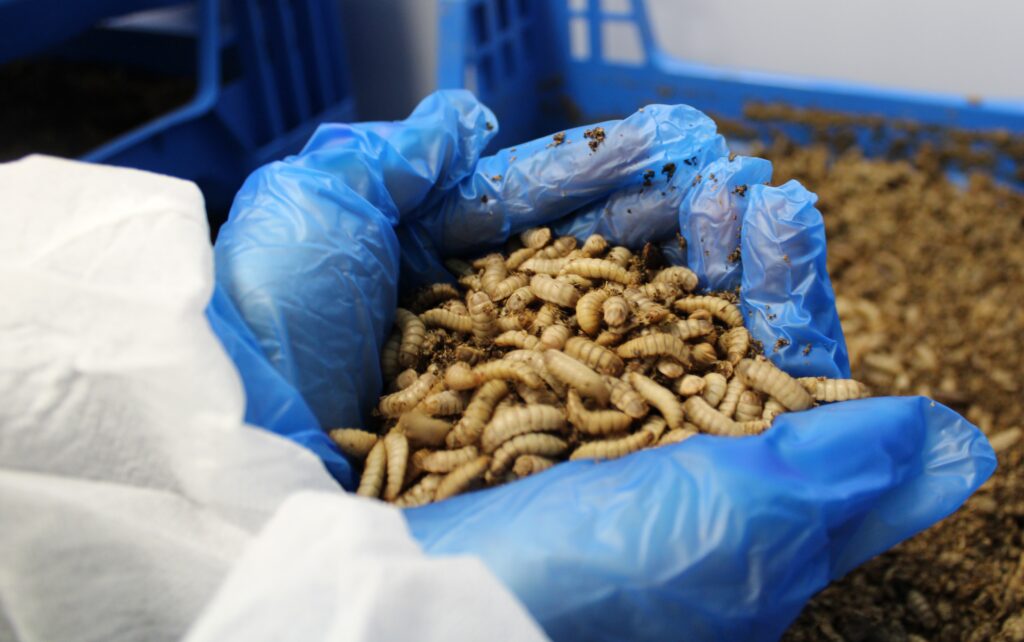The Market expectations and requirements for digestate study, published this week, uses the results from a survey investigation to identify applications which are deemed to have the greatest potential, based on suitability and technical requirements, alongside others which show some potential.

Key among those listed as having most potential include using digestate as the organic component in soil manufacture and in the production of pelleted organic fertiliser both of which are described as emerging applications.
Other potential end markets include land restoration and field grown horticulture for which UK use or trials are already underway.
Meanwhile, using digestate as liquid fertiliser for turf and as a component of growing media are identified as having some, if slightly less, potential.
Although currently representing the single most significant market for digestate, agriculture was excluded as a sector from the survey, since it forms the focus of separate WRAP market development activity.
Benefits and barriers
The main benefits cited by survey respondents for many of the applications included the nutrient value of digestate and its slow release of nitrogen, as well as its green credentials.
However, barriers were identified such as odour and the physical characteristics of digestate, which were deemed to be difficult to mix with other growing media constituents and soil components.
With regards to the production of pelleted organic fertiliser, the report also found that the energy cost of thermally drying the digestate was a problem which needed to be overcome.
The report, written by consultancy r3 Environmental Technology Ltd on behalf of WRAP, says: The study and survey has identified several opportunities for expanding a sectorial approach to digestate markets but also some threats. It is also apparent that the WRAP approach of looking at digestate opportunities on a market sectorial way is innovative at a European level.
Research
Related Links
Forty-five people were contacted and sixty-six interviews carried out across a range of eight end-uses and fourteen sectors as part of the resarch. The aim was to speak to informed stakeholders who are working with either digestates or other recycled materials. Over half (54%) of the interviews were carried out with those who had some practical experience of using digestate; 12% had worked with biosolids, 12% with MBT outputs and 47% with PAS100 compost.
The work builds on previous reports on new markets for digestates from WRAP and is intended to help develop markets for the material, as part of the governments Anaerobic Digestion Strategy and Action Plan 2011.







Subscribe for free